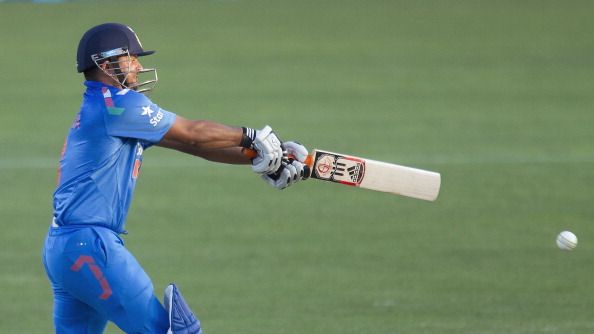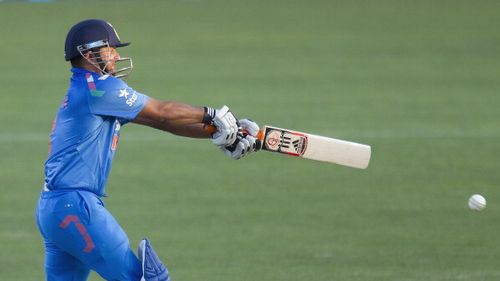
Pace and bounce - Indian batsmen's perennial nemesis

Myriad theories and stories have been woven around the two words ‘pace’ and ‘bounce’ to exposit Indian batsmen’s inexplicably unabated tendency to meekly surrender to foreign bowlers on foreign lands. None of these expositions, however, have been able to assuage the feelings of the Indian fans who have found it unfathomably tough to digest such surrenders over the years.
The sordid outcome of the 1st ODI between India and New Zealand is bound to evoke such execrable sentiments in us – for this was one of those umpteen overseas matches where the Indian Team was beaten all ends up, inspite of possessing the proverbial ‘world class batting line up’ in its repertoire.
Mention must be made of the fact that New Zealand’s paltry victory margin of 24 runs might force us to arrive at other deductions, but it was more of a single-handed crusade from Virat Kohli that took India within such sniffing range of victory.
The proceedings of the 1st ODI at Napier were typically representative of the nerviness with which the Indian team has traditionally gone about its job in the initial days of overseas campaigns – the bowlers are detestably erratic, the fielders lack their quintessential spark and the entire team appears befuddled in the face of every small crisis that comes their way. The Indian bowlers put up just such a lacklustre show in the 1st innings, allowing a not-so-impeccable Kiwi batting line up to accrue a massive 292.
Rohit Sharma’s agonizing 24 ball stay at the crease pitifully symbolized that he is still light years away from being a complete batsman for India – neither his temperament nor his technique and application in the last two months have been able to justify the truckloads of laurels which have been heaped over him in the last one year. Repeated failures overseas shall only lend credibility to his image as a flat track bully.
Shikhar Dhawan’s recent trials and tribulations, too, have accentuated the fact that he is still a fledgling IPL recruit who is trying to find his feet against pace and bounce on uncharted tracks. Dale Steyn, Morne Morkel and now Adam Milne have adroitly highlighted this Indian prodigy’s shortcomings against the fast short ball.
The long rope awarded to Suresh Raina’s international career shall perhaps start winding quickly in the wake of yet another overseas series failure – and the discomfiture with which he batted for a 22 ball 18 shall only serve as yet another fatal ultimatum for his fading career in the Indian Blue.
The UP lad has still not been able to make any appreciable headway towards dispelling the gloom of deficiencies against the dreaded short ball – a weapon that well nigh ended his Test career three years back and may well draw curtains upon his ODI career in the near future, if suitable prophylactic measures are not taken.
The spike in Ravindra Jadeja’s bowling fortunes seems to have materialized on the back of a drastic reduction in his batting prowess, which had been instrumental in buying for him the No 7 spot in the team. Jadeja’s adventures with the bat have yielded limited or no results in the recent past, bringing his place as India’s ‘strategic No 7’ under serious doubts. Needless to mention, he too is a part of the Indian bandwagon that is presently trying to save its skin from the scourge of ‘pace and bounce’.
The only silver lining in the Indian batting at Napier came personified as the charismatic Virat Kohli – who notched up his 18th ODI ton (123 off 111) and took an underperforming Indian team to the very doorsteps of victory. An innings that effortlessly interweaved fortitude, class and patience – Kohli’s ton was symbolic of the ‘actual GenNext’ Indian batsman that fans and experts alike would like to idolize. And in the absence of support from the rest of the neophytes in the team, India’s World Cup defense next year shall heavily rest on the shoulders of this virtuoso.